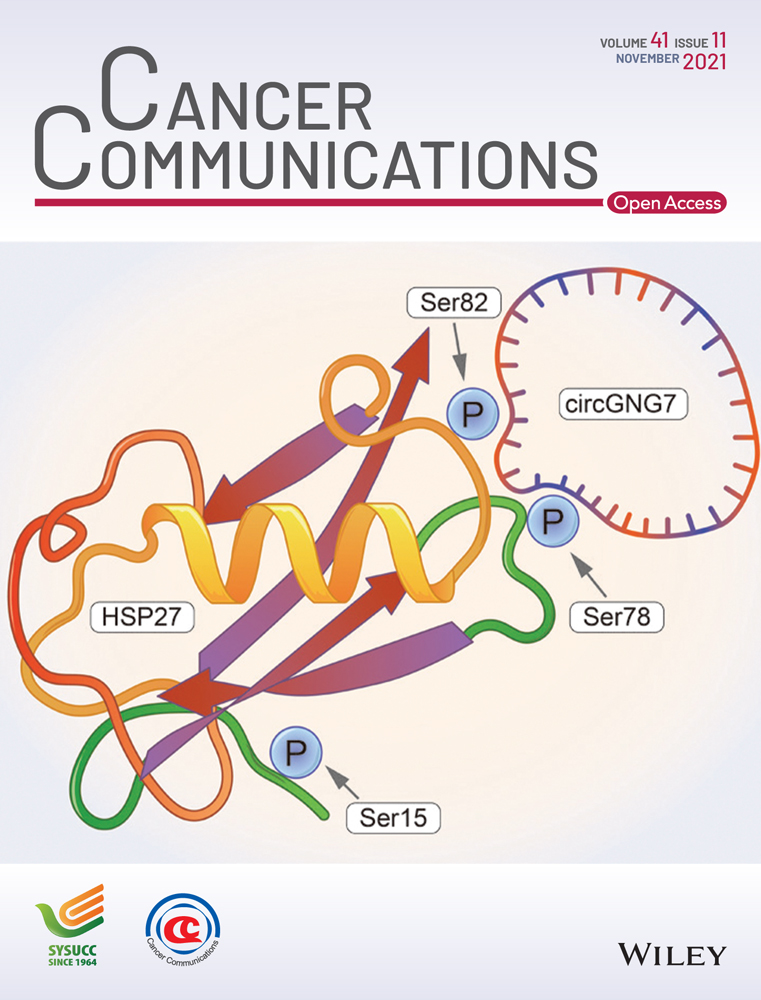Prognostic value of single-nucleotide polymorphisms for extranodal natural killer/T-cell lymphoma: the identification of risk factors in the molecular era
List of abbreviations
-
- EBV
-
- Epstein Barr virus
-
- ENKTL
-
- extranodal natural killer/T-cell lymphoma
-
- IPI
-
- international prognostic index
-
- KPI
-
- Korean prognostic index
-
- NHL
-
- non-Hodgkin lymphoma
-
- PINK
-
- prognostic index of natural killer lymphoma
-
- SNP
-
- single-nucleotide polymorphism
-
- UADT
-
- upper aerodigestive tract
Extranodal naturalkiller/T-cell lymphoma (ENKTL) is a distinct subtype of non-Hodgkin lymphoma (NHL) with aggressive clinical course and is closely associated with Epstein Barr virus (EBV) infection [1]. Due to the unique feature that majority of ENKTL patients have involvement of the upper aerodigestive tract (UADT), the commonly used international prognostic index (IPI) system for NHL is not applicable for ENKTL as most of the patients would be divided into the low-risk group [2]. Thus, an optimal prognostic system for ENKTL remains undefined. New models particularly constructed for ENKTL have been reported and several potential risk factors such as regional lymph node involvement, nasal type disease, primary tumor invasiveness, and EBV-DNA, were identified as independent prognostic factors [3-5]. However, these prognostic models presented inconsistent predictive performance across different studies, and only clinical parameters were used to establish the models. Considering the tumor heterogeneity of ENKTL, exploring risk factors at the molecular level is in urgent need as this could be an integral step towards higher prognostic accuracy.
Recently, we read a noteworthy paper published in Blood by Xiaopeng Tian et al. [6], titled “A composite single-nucleotide polymorphism prediction signature for extranodal natural killer/T-cell lymphoma”. In that study, the authors constructed a molecular prognostic classifier based on the status of seven single-nucleotide polymorphisms (SNPs) in a large, international cohort of patients with ENKTL. The patients were divided into a low risk and high risk according to a devised 7-SNP-based risk score. Compared to the low-risk patients, the high-risk patients had significantly inferior survival outcomes in both the training and validation cohorts. Further, low-risk patients with stage I disease benefited from radiotherapy alone. Additional analyses showed that combining the SNP classifier with several easily obtainable clinical risk factors in a nomogram outperformed previously reported models (the IPI, the Korean prognostic index [KPI], and the prognostic index of natural killer lymphoma [PINK]). Moreover, between peripheral blood and tumor sample, a high consistency of the seven identified SNP status was observed. This result indicated that the new 7-SNP-based classifier had the potential to become an ideal blood-based biomarker and could be more clinically useful and reliable than previously reported ones. Importantly, the authors provided an online program to help calculating the specific risk score for each patient, which would also be useful to physicians in clinical practice.
Although the 7-SNP-based classifier achieved favorable prognostic value, further studies are warranted to validate this novel molecular-based model. First, as stated by the authors, the underlined mechanisms of the tumorigenesis and development of ENKTL that were regulated by the seven genes have not been fully clarified. It would be interesting to explore if new therapeutic targets could be discovered for the treatment of ENKTL. Second, the findings were based on retrospective analysis. We thereby look forward to the final result of the ongoing prospective study initiated by the same team of the described study. Overall, the findings of that novel study were of important clinical value and could provide directions for future researches. After validation in the prospective study aforementioned, the molecular prognostic model constructed could be an important complement to existing predictive models.
DECLARATIONS
ETHICS APPROVAL AND CONSENT TO PARTICIPATE
Not applicable.
CONSENT FOR PUBLICATION
Not applicable.
AVAILABILITY OF DATA AND MATERIALS
All data will become publicly available upon request from the corresponding authors.
COMPETING INTERESTS
The authors declare that they have no competing interests.
FUNDING
This research was supported by a grant of the Korea Health Technology R&D Project through the Korea Health Industry Development Institute (KHIDI), funded by the Ministry of Health & Welfare, Republic of Korea (HR20C0025).
AUTHORS' CONTRIBUTIONS
W.S.K. and. S.E.Y. conceived the conception of the study, drafted the manuscript, and provided final approval of the version to publish.
ACKNOWLEDGMENTS
Not applicable.




